History of the Department
The history of computer science at ETH Zurich began in 1948. This timeline lists some of the key events that led to the founding of D-INFK in 1981 and shaped it since.
2023
D-INFK now comprises 46 faculty members, 12 of whom are women.
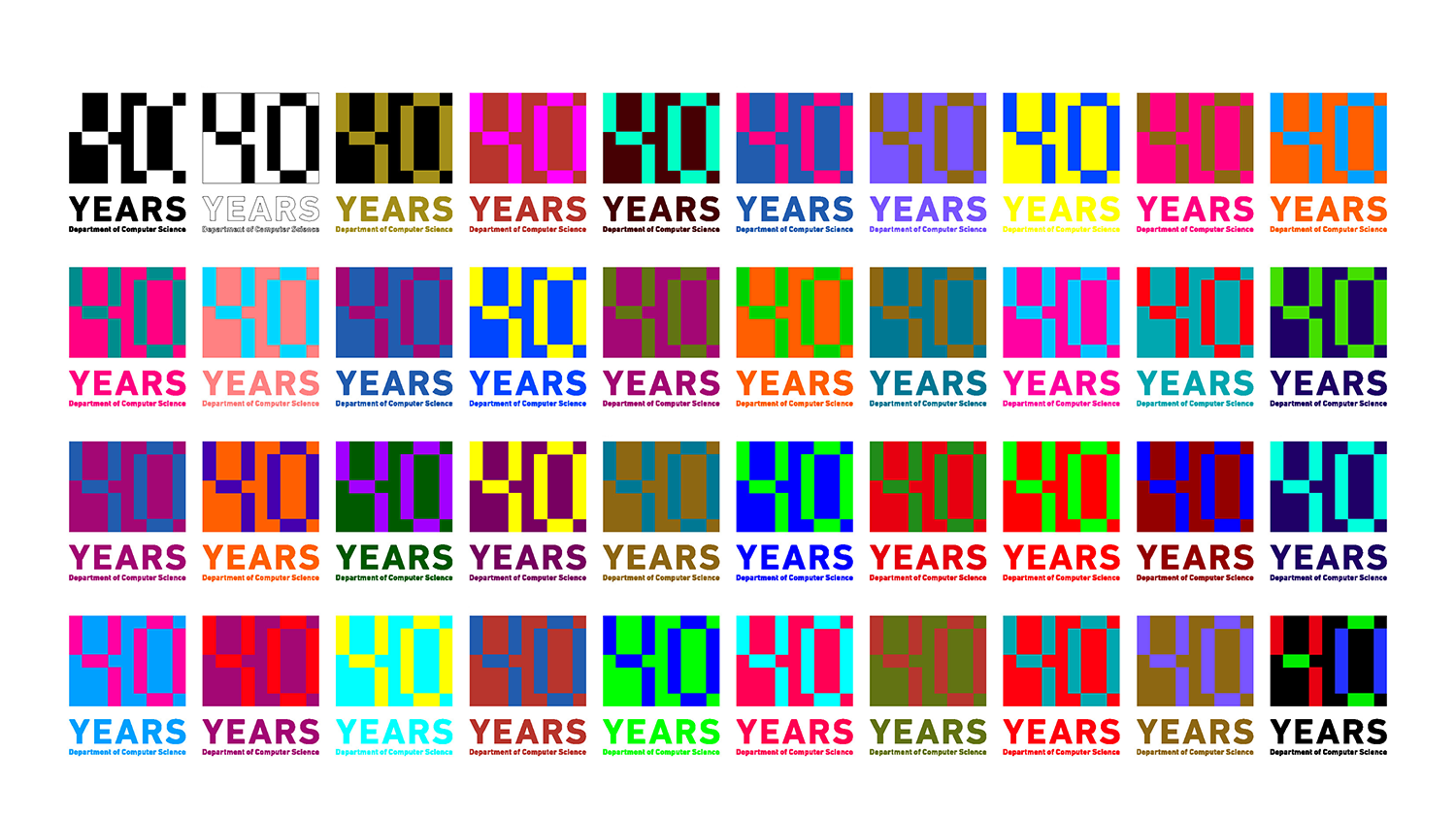
2021
D-INFK celebrates its 40th anniversary. Over 800 new Bachelor’s and Master’s students begin their studies in the Autumn Semester. Over 40 faculty members teach and conduct research at the department.
2020
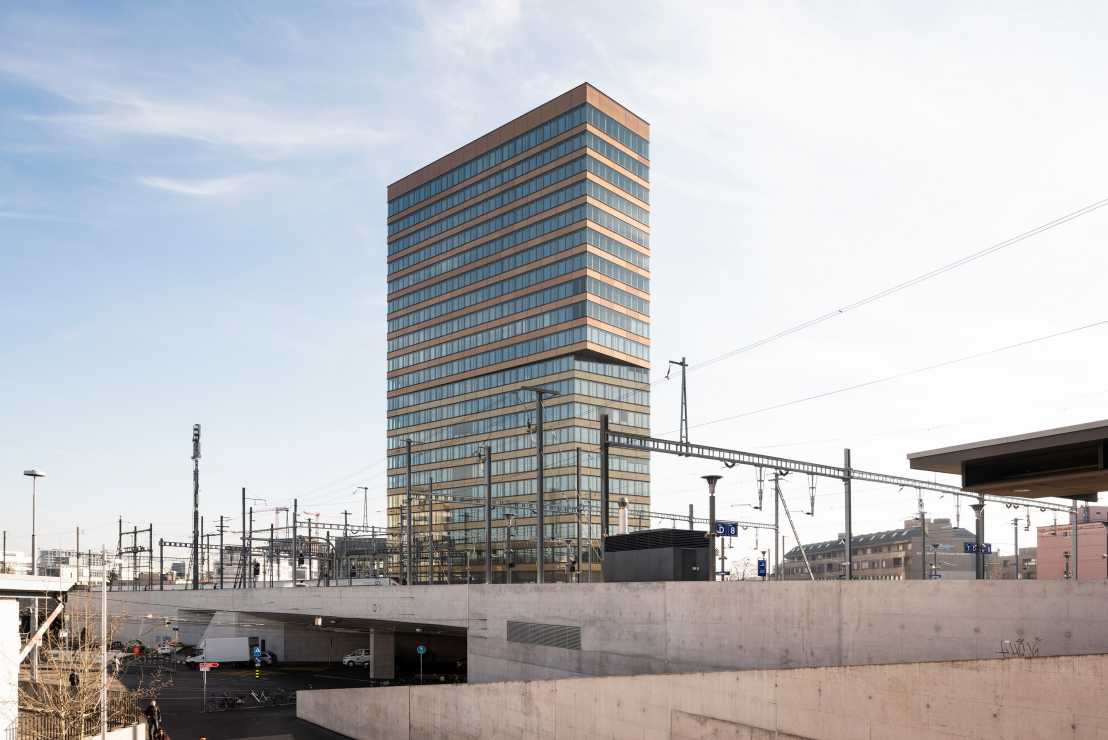
The ETH AI Center is established. As ETH's central hub for artificial intelligence, the centre brings together researchers of AI foundations, applications, and implications across all departments.
2019

D-INFK introduces the new Master’s programme in Cyber Security.
2017
D-INFK introduces the new Master’s programme in Data Science.
2014
The Institute for Machine Learning is founded by Joachim Buhmann, Andreas Krause and Thomas Hofmann.
2013
D-INFK now comprises 30 faculty members.
2010

external page DisneyResearch|Studios is opened in Zurich and becomes the first and only research laboratory run by the Walt Disney Company at a university in continental Europe.
2007
Apple releases the first iPhone.
2005
YouTube is launched.
2005

D-INFK begins the move from the IFW building to its current main hub, CAB.
2003
The graduate course at D-INFK undergoes changes to conform with the Bologna Accord, replacing the previous five-year engineer’s diploma with today’s Bachelor’s and Master’s degrees.
2001
Wikipedia is launched.
2000
The dot-com bubble bursts, triggering a sharp but short-lived decline in the number of new computer science students at D-INFK.
2000
D-INFK now comprises 19 faculty members.
1998
Larry Page and Sergey Brin found Google.
1997
The reigning chess World Champion Garry Kasparov is defeated by IBM's Deep Blue computer.
1995
The programming language Java, designed by James Gosling, is released by Sun Microsystems.
1993
“Frauenförderung”, a student organisation to support women in computer science, is founded. Today, it is known as CSNOW.
1990
Tim Berners-Lee creates the World Wide Web at CERN in Geneva, which is popularised in 1993 due to Marc Andreessen's Mosaic web browser.
1989
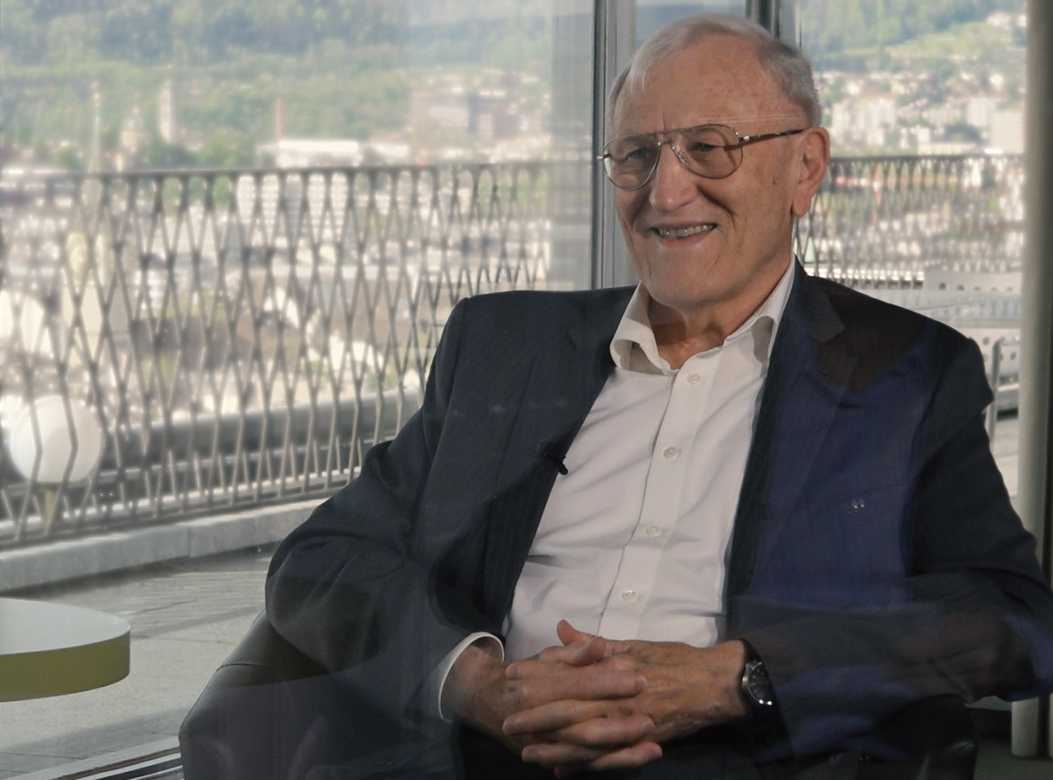
After some pressure from Walter Gander and other researchers, ETH Zurich gets an internet connection.
1988
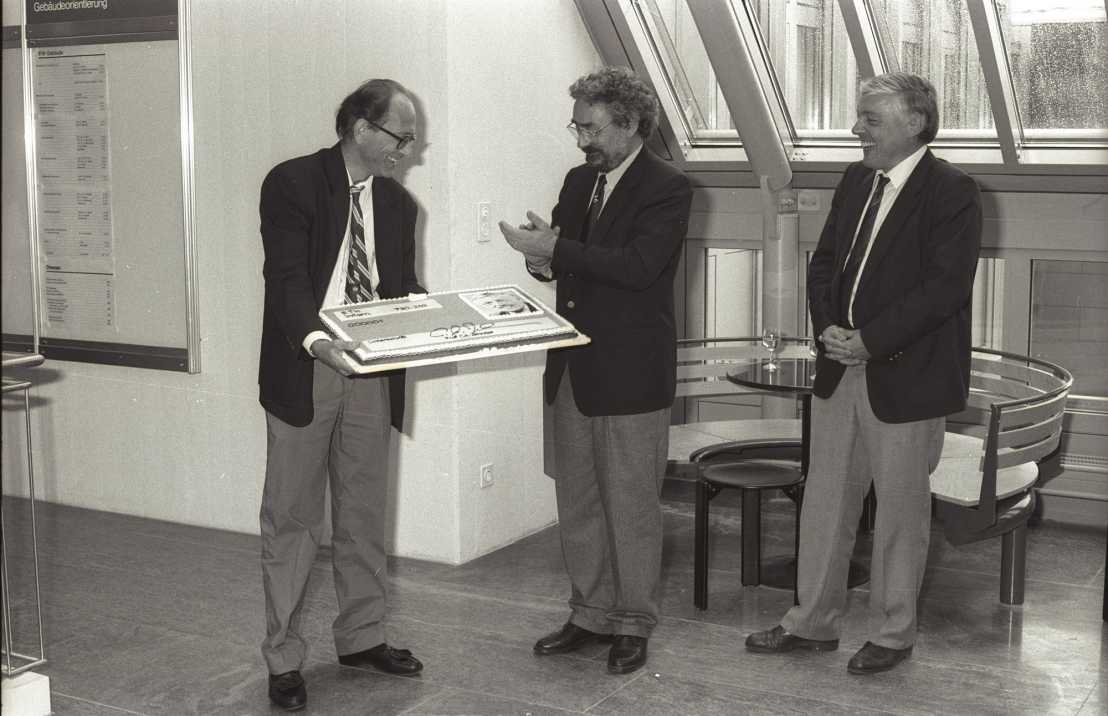
The IFW building, an expansion of the RZ Computing Centre, is opened. It serves as the new home of computer science at ETH Zurich.
1988
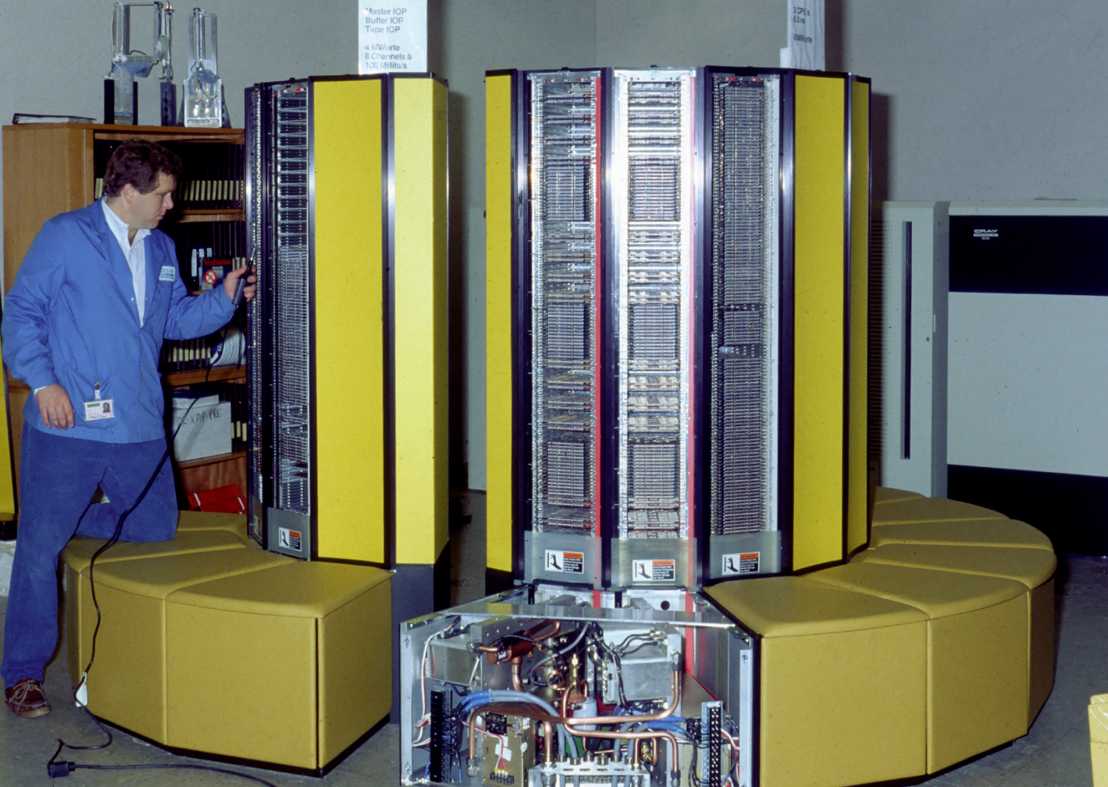
Niklaus Wirth and Jürg Gutknecht introduce the programming language and operating system Oberon.
ETH purchases the supercomputer Cray X-MP/28. Today, its distinctive yellow processing unit can be seen (and sat upon) in the CAB building.
Watch a 1988 TV programme about the supercomputer, featuring Carl August Zehnder
1987
The .ch domain is entered into the Domain Name System. ethz.ch is one of the first .ch domain names.
1985
The first dot-com domain name (Symbolics.com) is registered.
1984
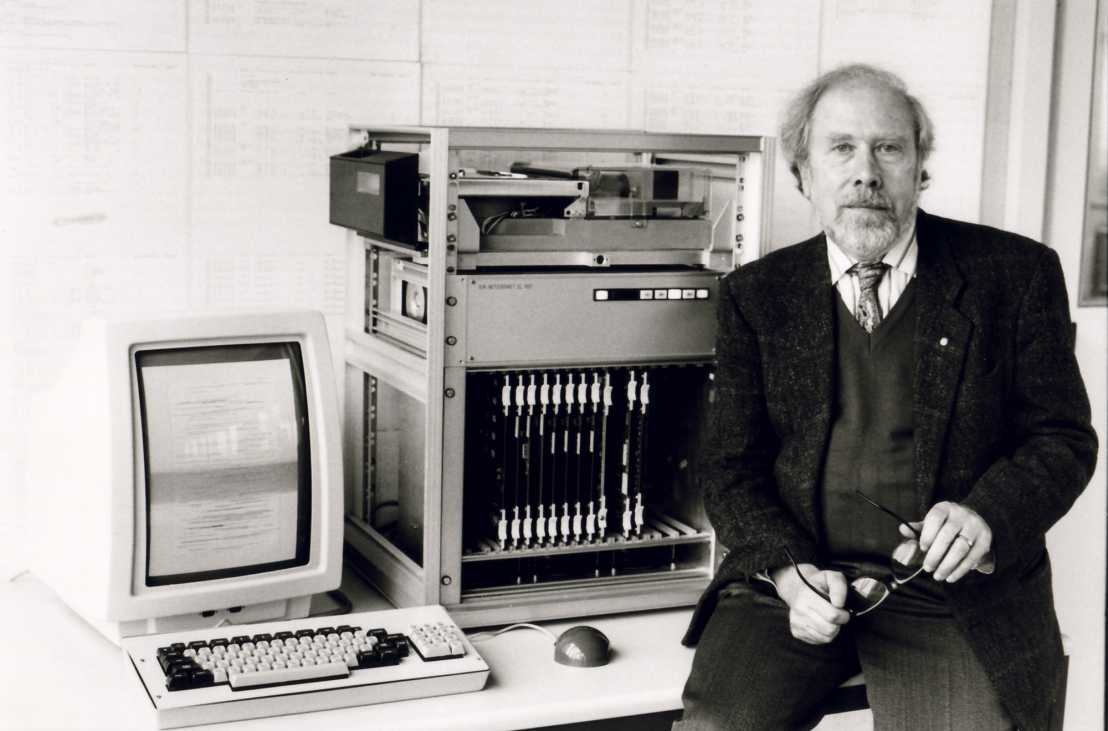
Niklaus Wirth wins the Turing Award for developing several innovative programming languages, including Pascal.
VIS (the Association of Computer Science Students at ETH Zurich) is founded.
1983
ARPANET and the Defense Data Network officially change to the TCP/IP standard, enabling different computer networks to communicate with each other and creating the Internet.
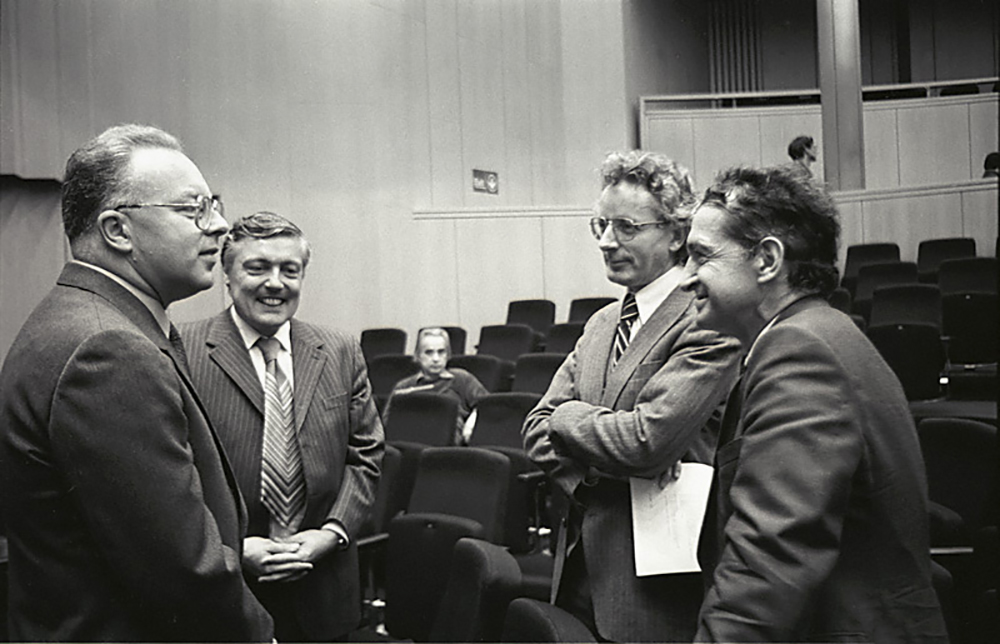
1981
Carl August Zehnder, Niklaus Wirth, Jürg Nievergelt and Peter Läuchli found the Division of Computer Science (IIIC), laying the foundation for today’s D-INFK. This is the first time that a new division is created at ETH Zurich since 1935, when electrical engineering was introduced. A little more than a hundred students begin studying in the new graduate course “Computer Science Engineer”.
1978
Donald Knuth releases the TeX digital typesetting system. It becomes popular in the form of LaTeX, designed by Leslie Lamport in the early 1980s.
1978
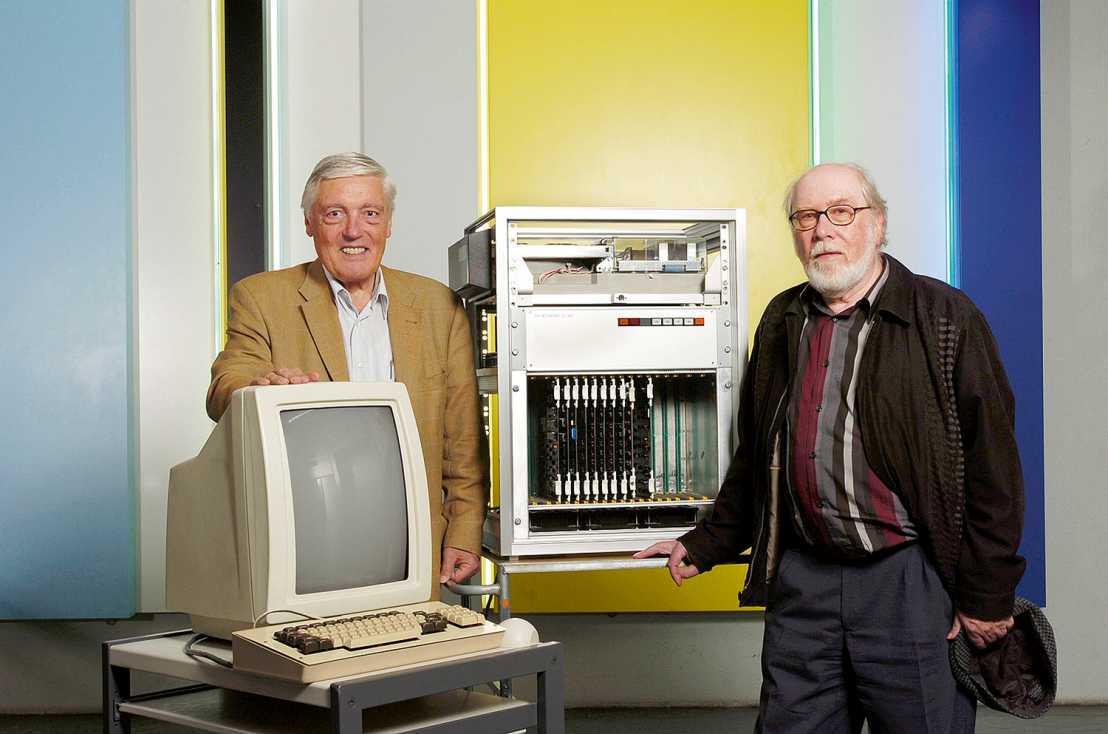
Niklaus Wirth and Richard Ohran develop the personal computer Lilith, based on the Xerox Alto, featuring a high-resolution graphical display and a mouse.
1977
The Apple II, one of the world’s first highly successful personal computers, is released.
1976
Public-key cryptography makes its public debut with a now famous paper by Whitfield Diffie and Martin Hellman.
1974
The Group for Computer Science gains official standing and is renamed the Institute for Computer Science.
1973
The Computer Science Laboratory at Xerox PARC (the Palo Alto Research Center) creates Alto, a personal computer workstation featuring the first graphical user interface with windows, icons and menus.
1971
The first microprocessors are released.
1970
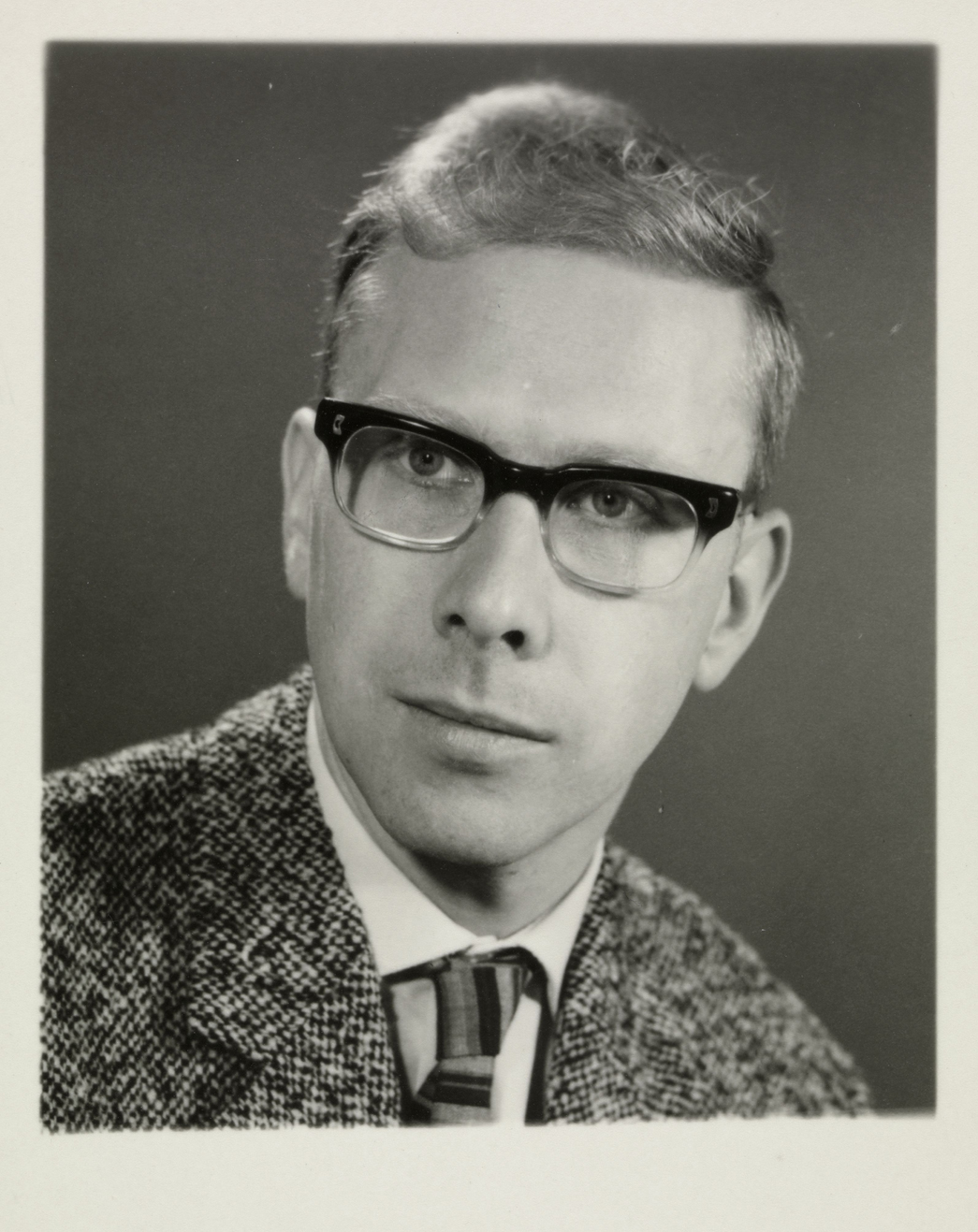
Niklaus Wirth develops the programming language Pascal, a successor to Algol, which would become widely popular.
1970
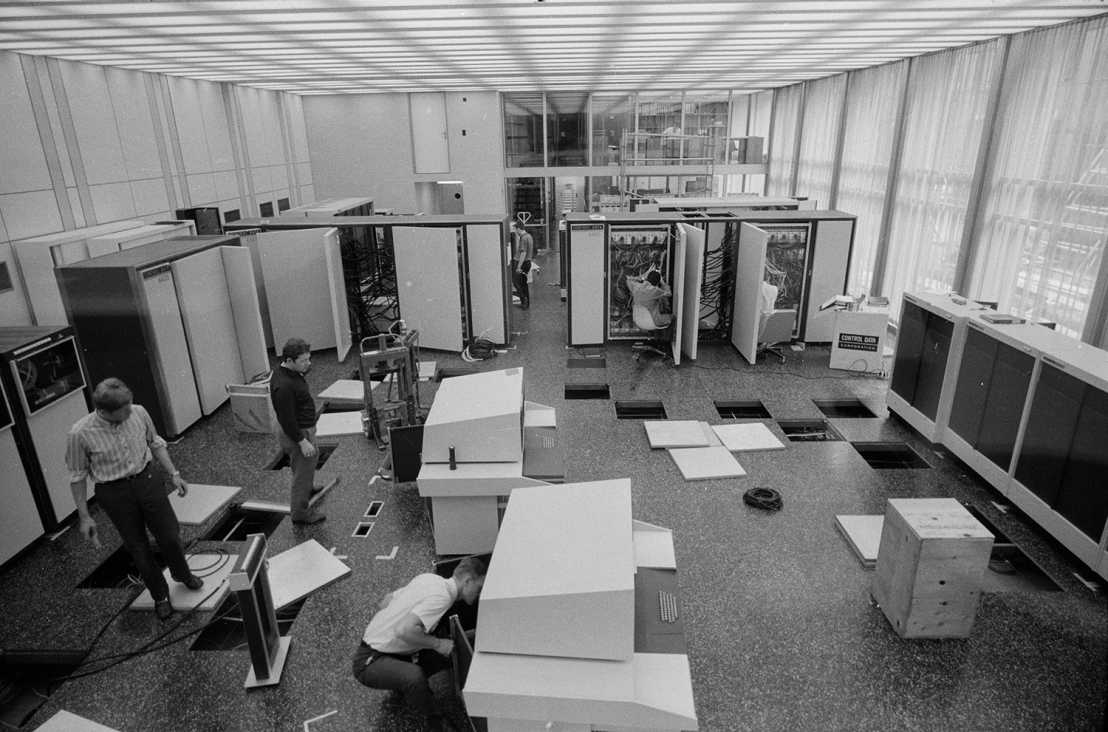
The new Computing Centre building (RZ) of ETH Zurich is opened. It houses the new CDC 6400/6500 computer system.
1969
Led by Ken Thompson and Dennis Ritchie, the development of the UNIX operating system begins at Bell Labs. Its open-source clone Linux becomes popular in the early 2000s.
1968
Heinz Rutishauser, Peter Läuchli and Niklaus Wirth establish the Group for Computer Science, with Carl August Zehnder joining them in 1970.
1965
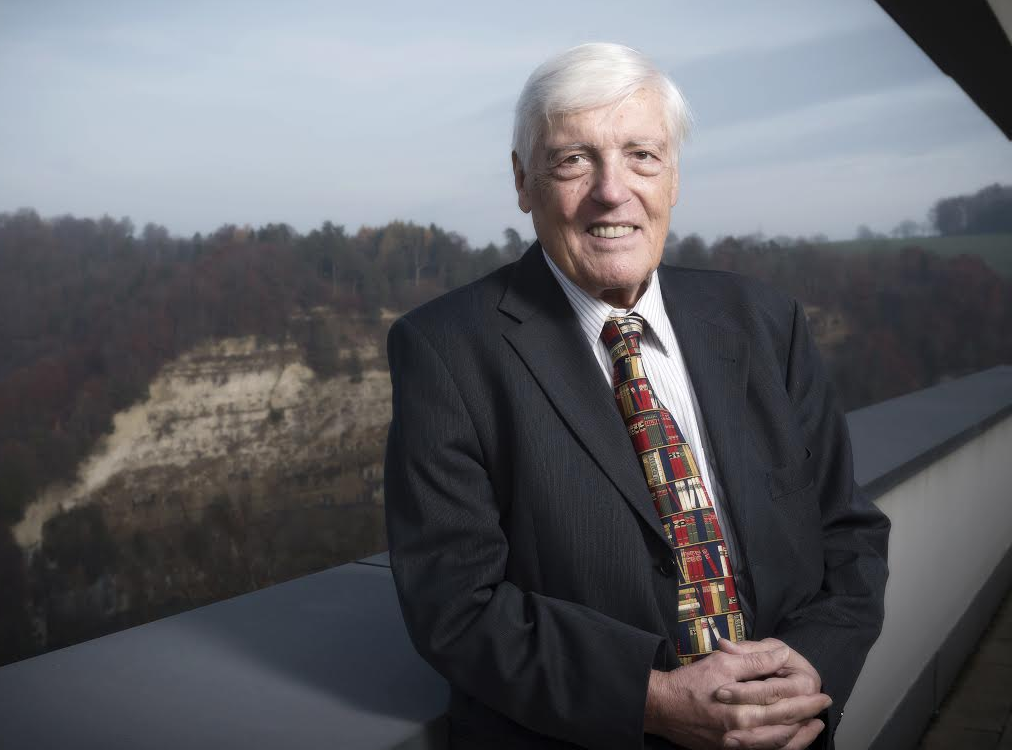
While one of Eduard Stiefel’s doctoral students, Carl August Zehnder calculates ETH Zurich’s entire exam timetable using a computer – a first for ETH.
1965
Gordon Moore publishes Moore’s Law.
1964
ETH Zurich purchases a computer for the first time, a CDC 1604A. It is 400 times faster than the ERMETH and allows programming in both Fortran and Algol.
1960
Tony Hoare invents the Quicksort algorithm.
1959
The term “computer sciences” is mentioned for the first time in a talk by Louis Fein at the Western Joint Computer Conference.
1958
An international meeting of researchers in Zurich creates the first report on the new universal programming language Algol (Algorithmic Language), designed to break the predominance of Fortran. Heinz Rutishauser was deeply involved in its early development.
1957
The foundation of Fairchild Semiconductor in Santa Clara, California, establishes Silicon Valley as a world centre of technological leadership and entrepreneurial activity in the area of computing.
1956
Edsger Dijkstra conceives his shortest-path algorithm, now found in every Internet router.
1956
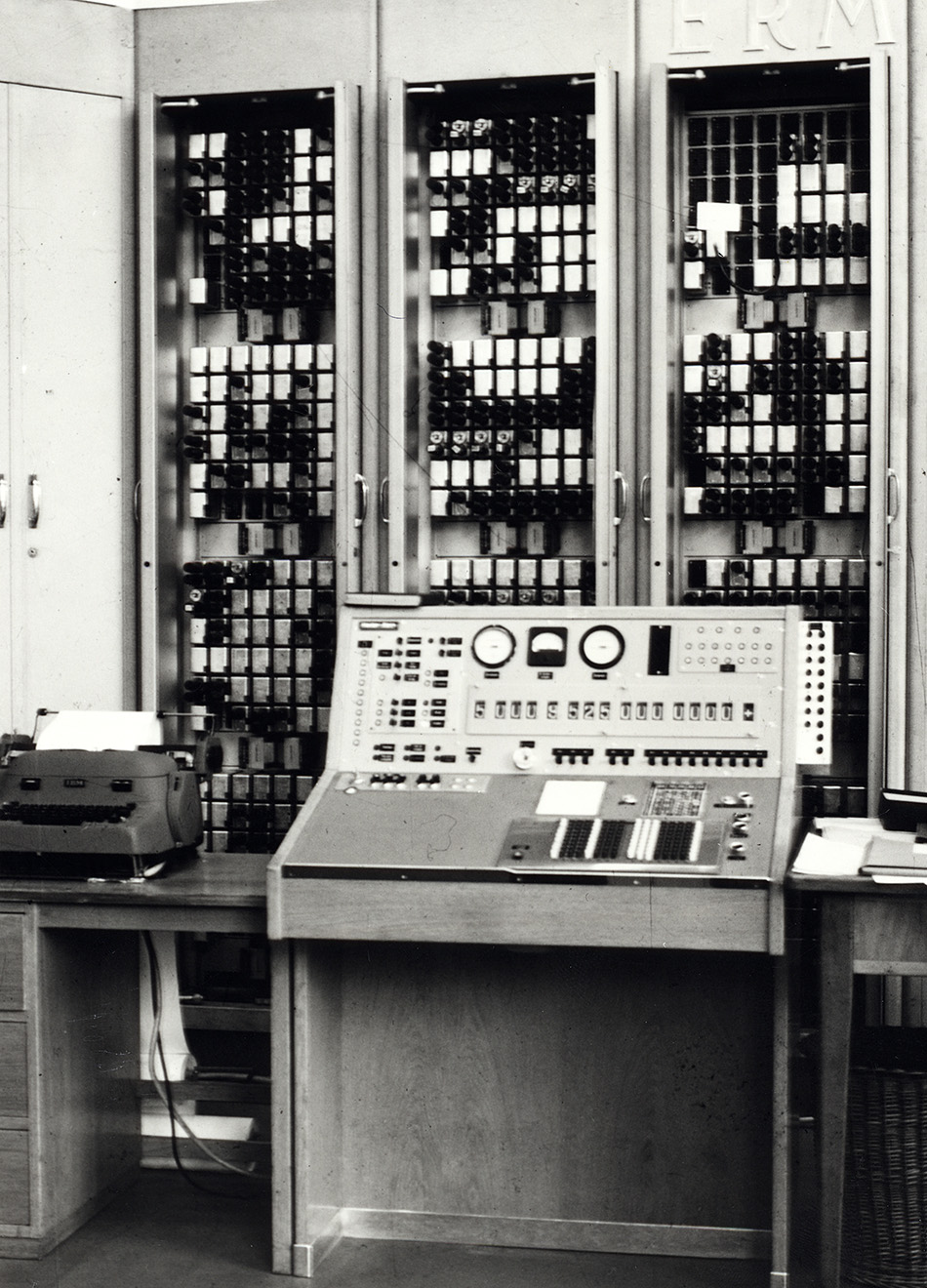
Eduard Stiefel, Heinz Rutishauser and Ambros Speiser finish ERMETH (short for Elektronische Rechenmaschine der ETH). The computer used 1,500 thermionic valves and remained in operation until 1963. Today, it is on display at the Museum of Communication in Bern.
1954
IBM develops Fortran I, the first high-level programming language that would be used widely.
1952
ETH Zurich offers programming classes with exercises on the computer – the first university in continental Europe to do so.
1950
Jule Charney and John von Neumann make the first weather forecast using a computer.
Alan Turing proposes the Turing Test for artificial intelligence.
1950
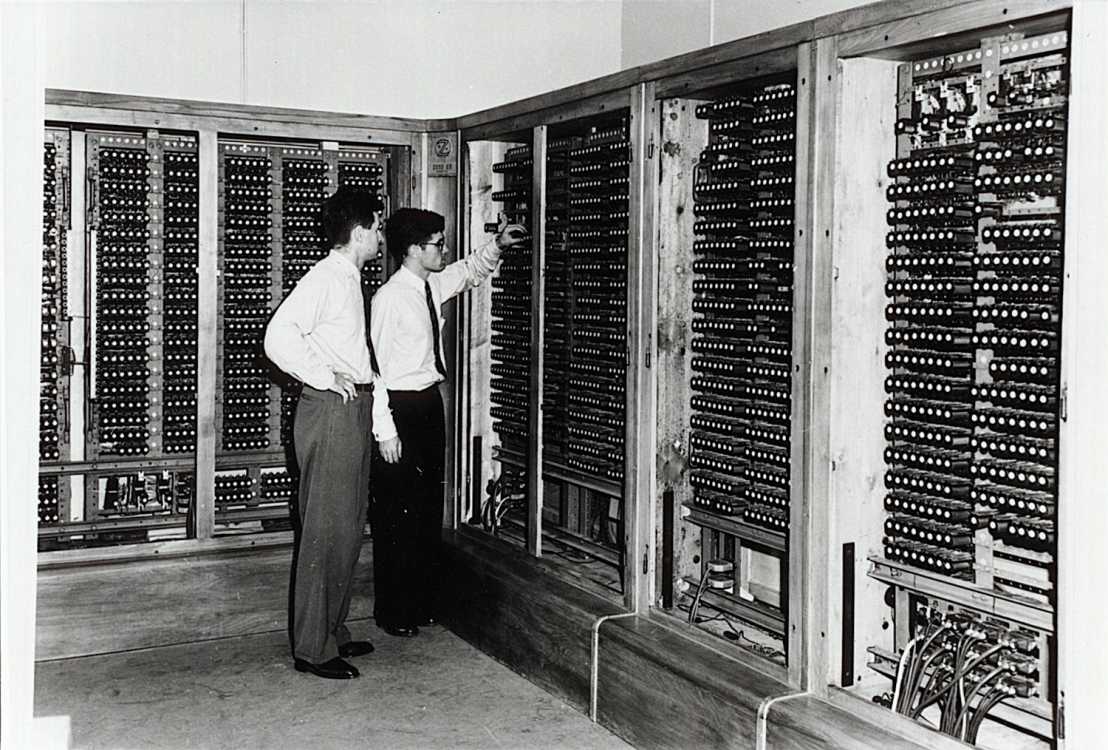
Eduard Stiefel rents the Zuse Z4 for the institute, a relay computer developed in Germany by Konrad Zuse, making it the world’s first commercial digital computer. The Z4 remained at ETH Zurich for four years.
1948
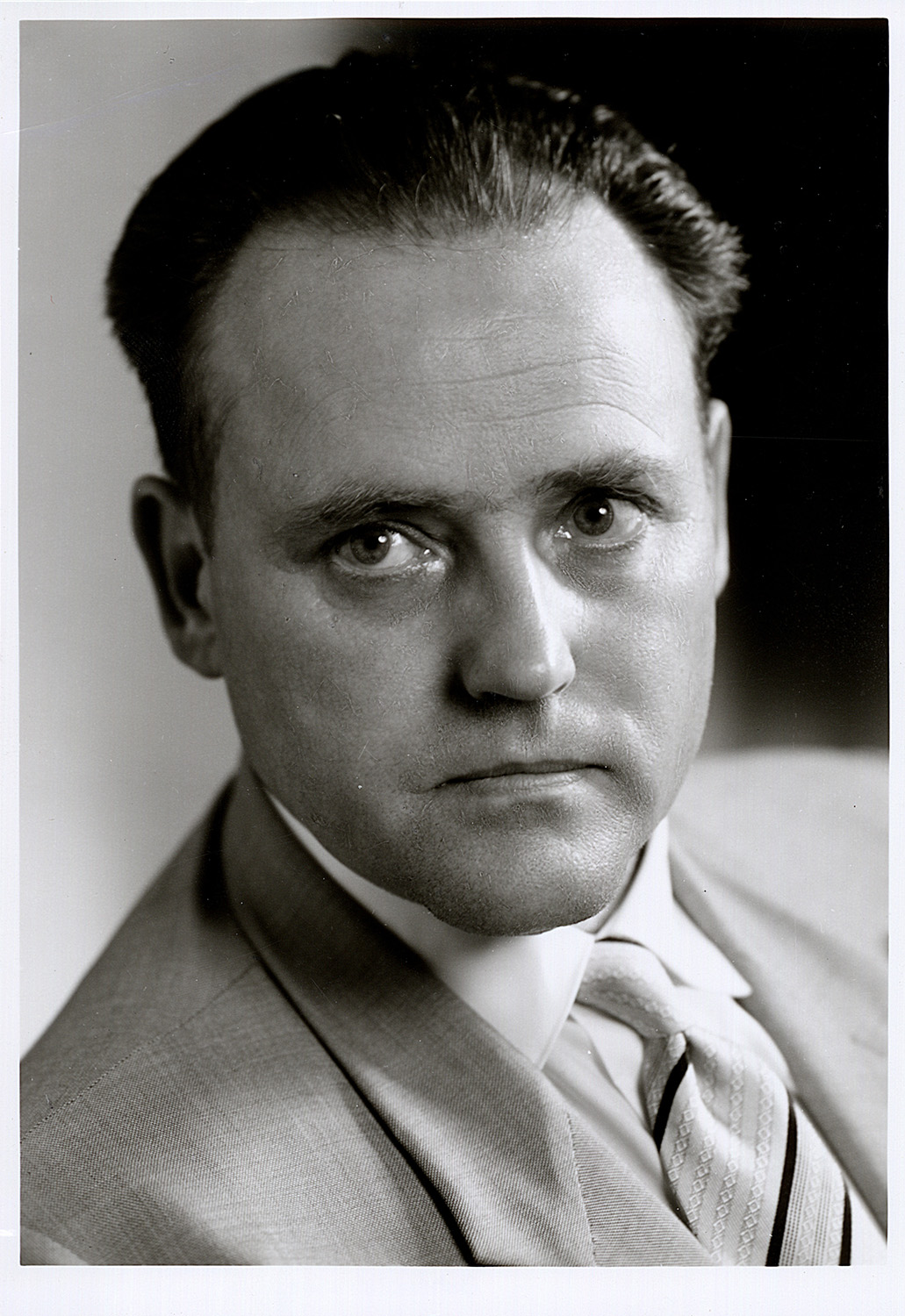
Eduard Stiefel founds the Institute for Applied Mathematics.
1947
John Bardeen, Walter Brattain and William Shockley develop the first working transistor at Bell Labs.
